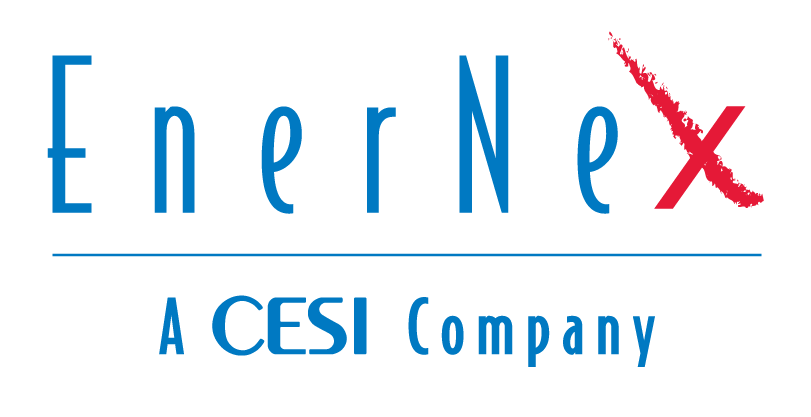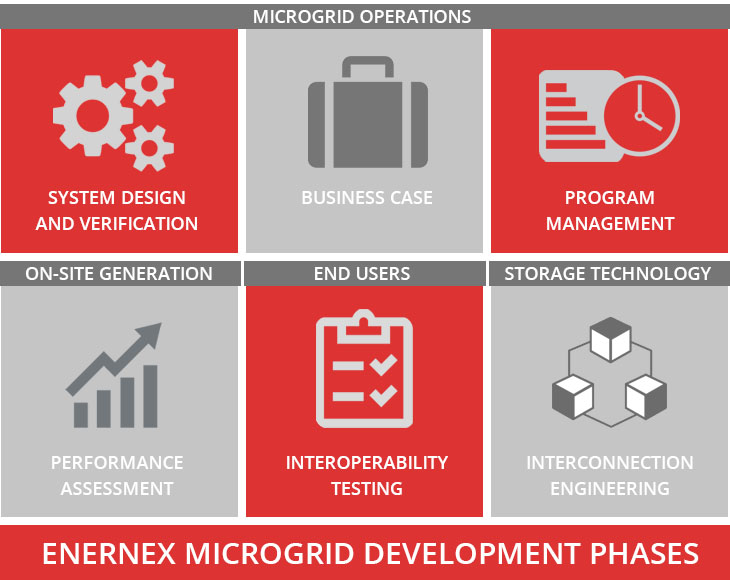Telecommunications:
The Opportunities and Challenges Linking Field Assets to the Operations Center
Ron Chebra, EnerNex Vice President of Grid Modernization, presented at the Southeastern Distribution Apparatus School in Auburn, AL on August 19, 2019. Access the presentation material here.
Presentation Summary
Today everything is being connected, video doorbells can trigger response actions in the home; smart thermostats can sense occupancy and adjust the temperature levels accordingly; smart office building and industrial automation systems can adjust HVAC systems to optimize comfort and efficiency; RFID tags and biometric sensors are being used to authorize access to secure areas. The explosion of multi-purpose sensors and a plethora of actuators that can control virtually anything has been termed the Internet of Things (IoT) to highlight the value that interconnectedness that the potential of innovation goes beyond the traditional linear Machine to Machine (M2M) capability. In the utility space, telecommunications has been a foundational core of distribution automation (DA), linking field devices and apparatus to the distribution control center and SCADA.
Applying the concept of IoT to the Grid to form a Grid of Things (GoT) introduces great potential for varying levels of autonomy. Modern-day reclosers frequently use data from neighboring assets to adjust their operational schemes in this manner. As the number and diversity of sensors in the grid expand, including both utility-owned and customer-owned devices, the potential for even greater levels of local field derived intelligent action hold great potential. However, this potential also expands the areas of possible risks. Some of these risks include personnel safety, cyber threat surfaces and a reliance on secure and reliable communications networks.
This presentation explores the growth of sensors in the home, industrial environment and the grid and examine the potential of harmonizing these for greater awareness and optimization. The communications networks that link these together are key; this session will examine the use of digital cellular, private wired and wireless networks and AMI mesh networks to perform these functions highlighting the functionality of these and the capabilities to support the Grid of Things. The session will also examine the operational systems needed to manage the tsunami of field sensor data and to effectively control assets. Finally, key aspects of cyber protection will be highlighted in this session to identify the strategic necessity to consider this before deployment of any technologies.
Contact the Speaker
 By: Ron Chebra, VP of Grid Modernization
By: Ron Chebra, VP of Grid Modernization
rchebra@enernex.com
865-218-4600 x8108


